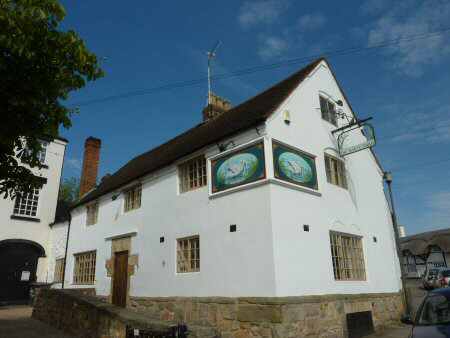A TO Z - HIGHLIGHTS OF SOUTH DERBYSHIRE - PART 5

LULLINGTON
Lullington is an attractive South Derbyshire village, situated in the southwest corner of the county. It has several times been awarded the Best Kept Village (small) title, in Derbyshire. It has also been a winner of the Britain in Bloom competition. Approached along leafy lanes, together with Netherseal, it is the southernmost village in the county. The ancient church, village hall, public house and a lovely cricket ground all go to make up this eye-catching village.
MARSTON-ON-DOVE
Marston-on-Dove is a small village in South Derbyshire nine miles to the southwest of Derby. At one time it was owned by the monks at Tutbury Abbey. Following the Norman Conquest, it passed into the ownership of Henry de Ferrers. The Church of St Mary has the oldest bell in Derbyshire, which was cast in Leicester in 1366 and inscribed with the words ‘Hail Mary’ by John de Stafford.
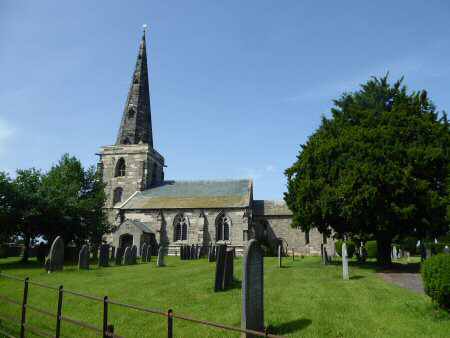
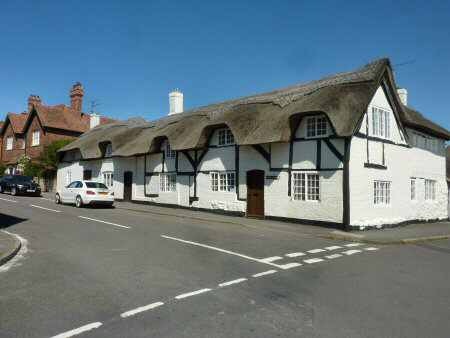
MELBOURNE
Set among pleasant rolling countryside in South Derbyshire, off the B587, is the fascinating little town of Melbourne. It has a wealth of historic buildings, a famous country house with formal gardens and one of the finest Norman churches in the country. A 20-acre pool, where you can feed the ducks or just rest awhile completes the idyllic scene.
Market gardening was an important feature of the area. The good loamy soil and relatively frost-free north-facing slopes enabled, Enabled Melbourne to become a centre for the supply of fruit and vegetables several centuries ago. Increased competition has reduced its importance, but there is still plenty of evidence of its existence in the area.
It was in a small cottage in Quick Close, off High Street, in 1808, that Thomas Cook was born. His name is now known throughout the world for the travel company he founded. At the age of 28, he moved to Leicester to work for the Baptist Church.
Cook’s first organised trip was to transport, by rail, passengers from Leicester to Loughborough and back again. The 570 passengers attended a temperance rally at the cost of one shilling each. This was successful, as were other trips and the railway company asked him to organise excursions. He went into business on a full-time basis, which was the beginning of what was an internationally renowned business, before its closure in 2019. The cottage he was born in has been demolished, but the almshouses he built in Melbourne remain as a lasting memorial, together with a special garden dedicated to him.
MELBOURNE HALL
Melbourne Hall with its fine furniture and paintings was the birthplace of Lord Melbourne. He was Queen Victoria’s first Prime Minister, who gave his name to a small settlement on the River Yarra – Yarra, which is now Australia’s second city. The design of the hall gardens was undertaken by William III’s gardeners, London and Wise, who have succeeded in a comparatively small area in creating deceptively spacious gardens. Focal points are Robert Bakewell’s great wrought iron domed cage, known as ‘The Birdcage’ and an elaborate monument by Van Nost, which illustrates the Four Seasons. The Yew Tunnel is reputedly the longest in Europe.
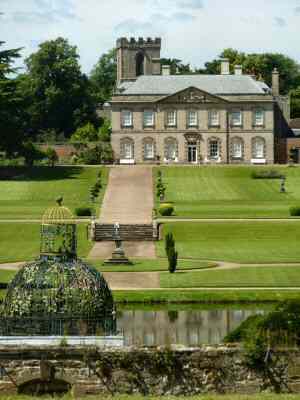
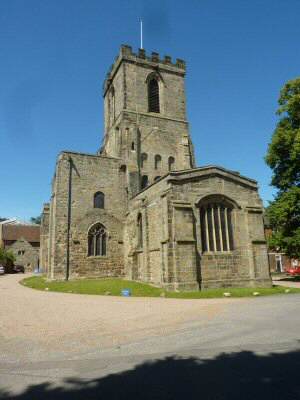
MELBOURNE – PARISH CHURCH
The Church of St Michael’s with St Mary at Melbourne comes as something of a surprise to most new visitors who did not expect to find one of the largest Norman churches in England in such a small place. The church dates back to 1133 when Henry I gave the royal manor of Melbourne to the first Bishop of Carlisle. At that time Carlisle was on the edge of what was then referred to as the heathen north and the Bishop needed somewhere to retreat when the Scots overran the town.
The roof was raised and the windows enlarged in the 19th century. The old roof marks are visible from the southeast. In the north aisle hang the flags of Melbourne and Australia, Lord Melbourne having lent his name to the former.
MERCIA MARINA
Mercia Marina is located alongside the road from Willington to Findern and was formerly farmland. In the 1980s it was purchased by John and Michael Thornton who rented it out to a local farmer to grow cereals. Until the mid-1990s, when the building of the A50 started. Then, the land was used for gravel extraction for use in the construction of the carriageway.
Later it was converted into a fishing lake, before the Thorntons commenced a multi-million-pound project to build Europe’s largest inland marina, with 600 berths. Holiday lodges and lodges for sale were built alongside the marina. Also, a cafe, sales office and facilities for boaters were erected. It is now a major tourist attraction in South Derbyshire.

